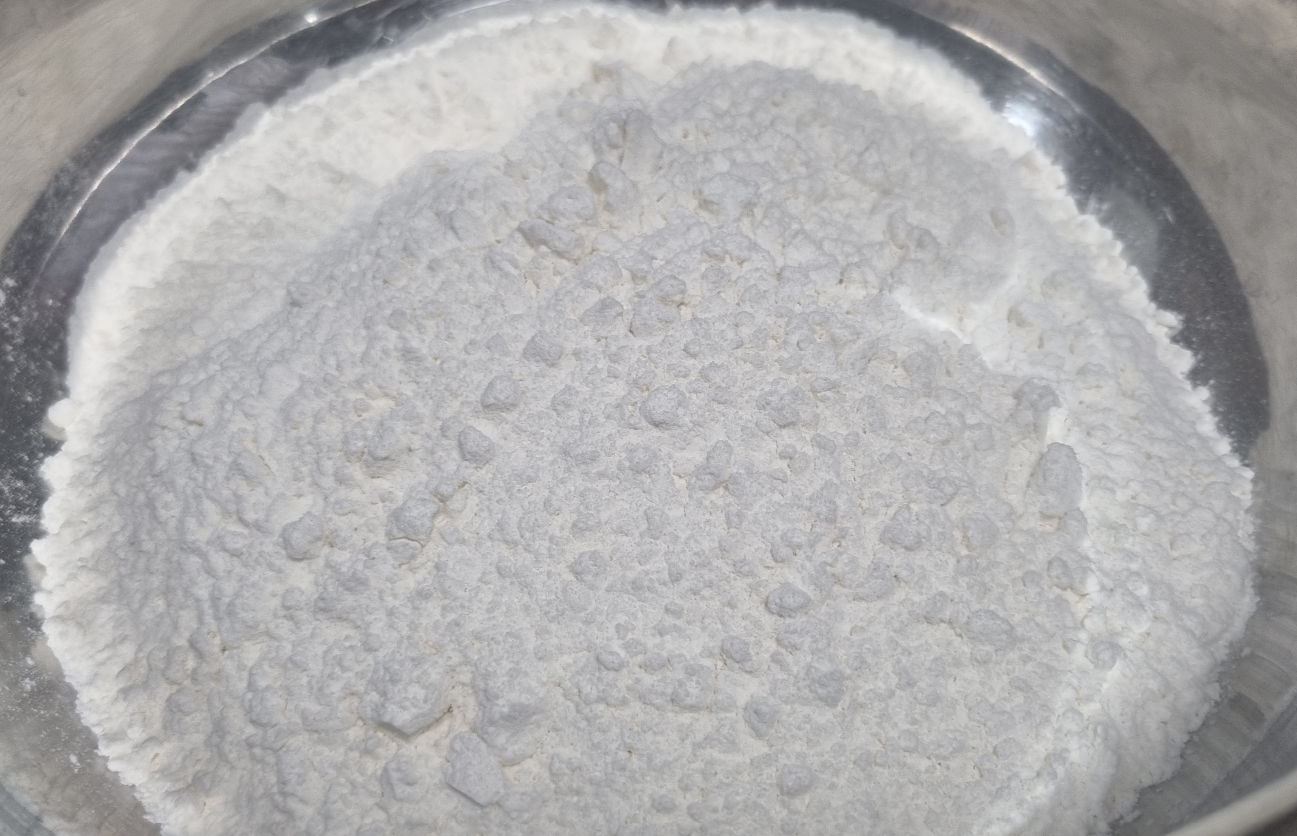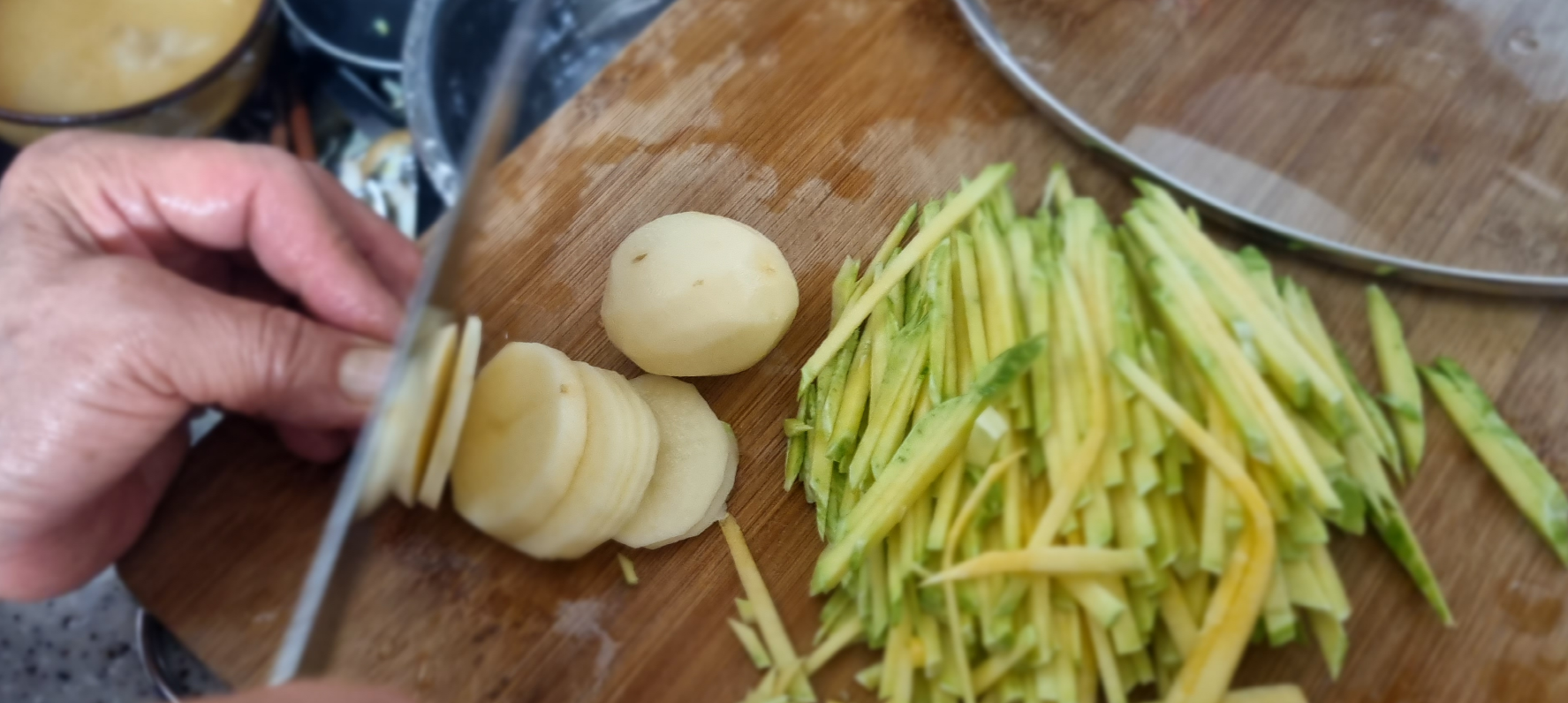| 일 | 월 | 화 | 수 | 목 | 금 | 토 |
|---|---|---|---|---|---|---|
| 1 | 2 | 3 | 4 | |||
| 5 | 6 | 7 | 8 | 9 | 10 | 11 |
| 12 | 13 | 14 | 15 | 16 | 17 | 18 |
| 19 | 20 | 21 | 22 | 23 | 24 | 25 |
| 26 | 27 | 28 | 29 | 30 | 31 |
- ending tradition
- AsianVegetables
- KoreanFood
- A heartfelt story from a 70-year-old Korean farmer grandma about her failed sweet-potato harvest. Heavy rain
- HealthyRecipes
- how to cook bracken
- namul
- family story
- ancestral prayer
- healthy korean recipes
- Seoul Catholic Church
- Shih Tzu
- KoreanGrandmaCooking
- gosari
- ancestral rites
- Korean Thanksgiving
- KoreanSideDish
- final Charye
- AuthenticKoreanFood
- korean food culture
- and grub worms destroyed her crop — yet she found hope and lessons for next year.
- bracken safety
- shihtzulife
- Korean home cooking
- over-fertilization
- korean side dish
- CambodiaTravel
- Charye
- ShihTzuCare
- perilla oil vegetables
- Today
- Total
Korean Grandma’s Cozy Life
🍲How to Make Sujebi — Korean Hand-Torn Noodle Soup (Comfort Food) 본문
🍲How to Make Sujebi — Korean Hand-Torn Noodle Soup (Comfort Food)
KoreanHalmeoni 2025. 8. 29. 10:11Korean Sujebi (hand-torn noodle soup) 🍜: authentic recipe with clam broth 🐚 or anchovy-kelp broth 🐟, potatoes, zucchini, and egg. A rustic comfort food for rainy days.
If you’ve been visiting my kitchen stories, you already know that I often share dishes close to my heart. From Korean Chive Pancakes (Buchujeon) 🌿 on rainy afternoons, to Sweet Potato Stem Kimchi 🥬 that brings back my summer harvest memories, each recipe carries warmth.
Today, let’s make another classic: Sujebi (수제비) ✋🍜. This is a Korean hand-torn noodle soup made with either fresh clam broth 🐚 or the more common anchovy-kelp broth 🐟. Both versions are delicious, rustic, and perfect for family gatherings.
🏺 A Taste of History
Sujebi dates back to the Goryeo Dynasty (918–1392), and became common in the Joseon era. Its name comes from “su (hand)” and “jebi (to fold/tear).” During the Korean War years, when rice was scarce, wheat flour sujebi was a humble but beloved meal 🥣💛.
When I was little 👧, I watched my grandmother stretch the dough thin and toss it into the bubbling broth. On rainy days ☔, the sound of dough hitting the pot was as comforting as a lullaby. Later, when I moved to Seoul alone 🏙️, cooking sujebi often brought tears to my eyes — a simple soup that felt like a hug from home.
📋 Ingrdients (Serves 3–4)
For the dough:
- 2 cups (250 g) all-purpose flour 🌾
- ½ cup (120 ml) water 💧 (adjust as needed, about 50% hydration)
- ½ tsp salt 🧂
For the broth (choose one):
- Clam Broth 🐚
- 300 g fresh clams, in shell (about 60–80 g clam meat)
- 8 cups (2 liters) water
- 2 pieces dried kelp (5×5 cm)
- Anchovy-Kelp Broth 🐟
- 10 dried anchovies, heads and guts removed
- 2 pieces dried kelp (5×5 cm)
- 8 cups (2 liters) water
Vegetables & seasonings:
🥔 1 potato, thinly sliced
🥒 1 zucchini, julienned
🧅 1 onion, sliced
🌱 2 green onions, chopped
🥚 1 egg, lightly beaten
1 Tbsp soy sauce (or Korean soup soy sauce)
1 tsp minced garlic
Salt & pepper to taste
✨ A drop of sesame oil at the end
⏱ Step-by-Step Cooking
1. Make the dough
Mix flour, salt, and water. Knead until smooth. Cover & rest 30 min.

2. Prepare the vegetables
While dough rests, slice potato, zucchini, and onion.

3. Make the broth
- Clam version: Boil clams + kelp for 10 min, remove kelp.
- Anchovy version: Simmer anchovies + kelp for 20–30 min, strain.

4. Tear & add the dough
Stretch the dough thin (⅛ in / 3 mm), tear into bite-sized pieces, and drop into simmering broth.

5. Add vegetables
Once dough floats, add potato, zucchini, onion. Simmer 10–15 min.

6. Finish
Add green onions 🌱 and drizzle in the beaten egg 🥚. Season with soy sauce, salt, and pepper. Finish with a drop of sesame oil 🌿.

7. Serve hot
Enjoy with kimchi or Grandma’s Pickled Cucumbers 🥒.

🌟 Grandma’s Cooking Tips
✨ Rest the dough at least 30 minutes for chewy yet tender noodles.
✨ Stretch thin before tearing — that’s the secret to the best texture.
✨ Toast anchovies before simmering to remove bitterness.
✨ A dash of soup soy sauce or sesame oil 🌿 makes broth richer.
✨ Add a slice of ginger in winter for extra warmth.
💬 A Bowl of Sujebi Feels Like Home
Rainy days in Korea often mean a pot of sujebi bubbling on the stove ☔🍲. Each torn piece of dough is imperfect, but together they make something warm and whole — just like family. Whether you try the clam broth 🐚 or the anchovy broth 🐟 version, I hope this recipe brings you comfort.
Pair it with Eggplant Muchim 🍆 or Makgeolli Steamed Bread 🍞 for a full Korean comfort meal.




